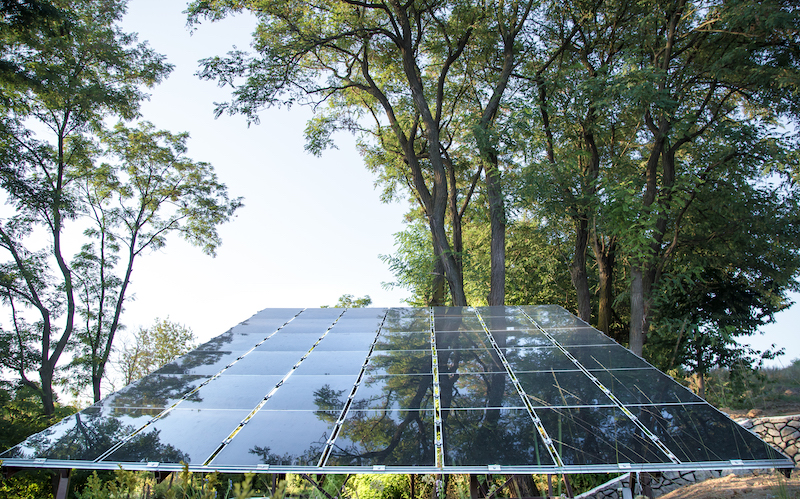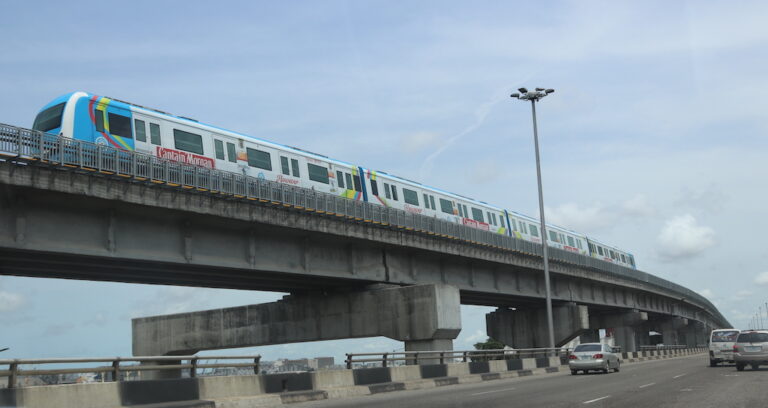Load shedding, a term now ingrained in the everyday struggles of South Africa, evokes feelings of anxiety, uncertainty, loss, whilst prompting a series of questions to stimulate positive solutions and mindsets.
Exploring South Africa's Power Crisis: Understanding the Current State of Load Shedding and Energy Challenges
How did South Africa end up in the throes of a power crisis?
Eskom, the state-owned entity, is currently responsible for supplying 95% of country’s electricity. In South Africa, approximately 85 percent or 42,000MW of the nation’s electricity is generated via coal-fired power stations.
The energy challenges has been exploding severely since 2007, and Eskom has been on a downward spiral to resolving the forced power outages as they are unable to maintain the supply of South Africa’s electricity demand.
South Africa’s descent into the clutches of a power crisis can be attributed to an amalgamation of factors of why South Africa is currently polluted with energy challenges.
Among the factors contributing to this situation are:
- Decades of neglect in updating aging infrastructure
- Subpar performance of Eskom’s coal-powered plants due to inadequate maintenance and operating below full capacity
- Vulnerability of power grids leading to frequent breakdowns
- High costs associated with coal-based energy
- Eskom’s procrastination, hesitancy, and lack of urgency in transitioning to renewable energy sources
- Stagnation in augmenting the national grid with new generation capacity
- Projections indicating that rectifying issues with existing power stations could require a minimum of another five years
Additionally, financial mismanagement and corruption within the state-owned utility, Eskom, have further hindered efforts to address the power crisis effectively.
Furthermore, South Africa’s heavy reliance on coal-fired power generation, while once a cornerstone of its energy strategy, has become increasingly unsustainable in the face of environmental concerns and the global shift towards cleaner renewable energy sources.
These compounding challenges have plunged South Africa into a state of uncertainty, with frequent power outages and load shedding disrupting daily life and economic activities across the country.
The brunt of load shedding and energy challenges in South AfricaTop of FormBottom of Form

The impact of load shedding and the power crisis in South Africa paint a dismal picture of the challenges faced by the nation in maintaining a reliable electricity supply.
- Economic impact – load shedding disrupts business operations, leading to financial losses and hindering economic growth. Industries reliant on consistent power supply, such as manufacturing and mining, are particularly affected
- Unemployment – power outages can lead to job losses as businesses struggle to operate efficiently, exacerbating South Africa’s unemployment rate
- Social disruption – load shedding disrupts daily life, affecting access to essential services such as healthcare, education, and communication. It also intensifies inequalities, disproportionately impacting vulnerable communities
- Investment confidence – persistent power outages undermine investor confidence in South Africa’s economy, discouraging both domestic and foreign investment
- Infrastructure strain – load shedding strains infrastructure, such as transportation networks, as malfunctioning traffic lights and inadequate street lighting increase safety risks on roads
- Environmental concerns – South Africa’s reliance on coal-fired power plants worsens environmental degradation and contributes to climate change, highlighting the need for a transition to cleaner energy sources
- Political fallout – The power crisis can lead to public dissatisfaction and unrest, posing challenges for the government in managing public perception and maintaining stability
Is there light at the end of the tunnel for the current state of load shedding?
In South Africa, the load shedding process involves a structured rotation of power outages across different areas to prevent the entire electricity grid from collapsing.
This process is managed by Eskom. The load shedding schedule is typically determined based on the severity of the electricity supply-demand imbalance and is announced in advance to allow residents and businesses to plan accordingly.
Load shedding is not a unique situation to South Africa, however, the heightened frequency of power outages increases the severity of economic impact and blow to the individuals and families grappling with the electricity crisis.
The country experiences power cuts from Stages 1 to Stages 8, that range from 2 hours to 6-8 hours during scheduled days, causing astronomical interruptions.
The load shedding schedules are available and communicated on various websites, social media platforms and apps in South Africa.
Can the Darkness of the Power Crisis in South Africa be Lifted?

Amidst the pervasive darkness of South Africa’s power crisis, hope flickers for a brighter future. With concerted efforts and strategic interventions, there exists the potential to illuminate the nation once more.
There is room for optimism that load shedding can be resolved. The potential impact of increasing renewable energy generation capacity on load shedding is immense.
The South African government’s role is pivotal in providing policy direction, regulatory frameworks, and financial support to steer the energy sector towards stability and sustainability.
Eskom must prioritise operational efficiency, infrastructure upgrades, and investment in diversified renewable energy sources to bolster the resilience of the power grid.
Simultaneously, the private sector in South Africa and companies internationally hold a crucial stake in driving innovation, investment, expertise and competition in the renewable energy market.
In tackling the curse of load shedding, the South African government, Eskom, and the private sector must forge a collaborative front.
Solutions and Interventions for Future Power Supply
Much to the objections of many, consideration is still being given to constructing new coal, nuclear, or gas plants to enhance future power supply. Such projects usually entail construction times of around 10 years with the continued devastating environmental impact persisting.
Load shedding in South Africa looks bleak, however, opportunities exist for local government and private sector, as well international players and expertise to provide the investment, time and energy needed to build and maintain infrastructures required to resolve the electricity crisis.
Power supply solutions to counteract the traditional power generation woes in in South Africa
1. Renewable energy sources
- Solar photovoltaic (Solar PV)
- Wind power
- Concentrated solar power (CSP)
- Biogas
- Biomass
- Landfill gas
- Small hydro
2. Gas power ships
- A partnership with Turkey’s Karpowership, a company expects to provide a fleet of floating gas plants with an arrangement of emergency power for a period of 20 years
3. Domestic and private solar installations
- Significant strides in boosting electricity generation have come from initiatives focused on small-scale solar power installations
- A variety of efforts include municipal or private enterprise solar farms, as well as the installation of solar panels on household roofs
4. Government intervention established
- The Renewable Independent Power Producer Programme (REIPPP) aims to add more megawatts to the nation’s electricity grid through private sector investment in renewable energy sources like wind, biomass, and small hydro
- The Integrated Resource Plan (IRP) is aimed at estimating South Africa’s electricity demand. It takes into account how the demand of electricity will be met and the expense of such a demand. The plan refers to electricity generation and expansion programmes.
- The Renewable Independent Power Producer Programme (REIPPP) aims to add more megawatts to the nation’s electricity grid through private sector investment in renewable energy sources like wind, biomass, and small hydro
- The Integrated Resource Plan (IRP) is aimed at estimating South Africa’s electricity demand. It takes into account how the demand of electricity will be met and the expense of such a demand. The plan refers to electricity generation and expansion programmes.
Products and services in high demand to address load shedding and energy challenges
- Renewable Energy Independent Power Producer Procurement Program (REIPPPP)
- Energy services
- Energy efficiency and demand-side management (DSM) technologies
- Oil/Gas, Liquefied natural gas (LNG) provision, exploration equipment, extraction, pipeline, and fuel conversion
- Transmission and distribution equipment
- New plant equipment and related systems
- Process automation and systems control equipment
- Off-Grid solutions, e.g., Fuel-Cell Technology

With concerted efforts by Eskom, the government, private sector, international partnerships, and businesses, South Africa can emerge from the darkness of load shedding.
The collective efforts towards establishing supportive policies, domestic and foreign investments, enhancing infrastructure, and demonstrating commitment to renewable energy development creates a foundation for South Africa to experience a brighter future and expect light at the end of the tunnel of the current power crisis.



